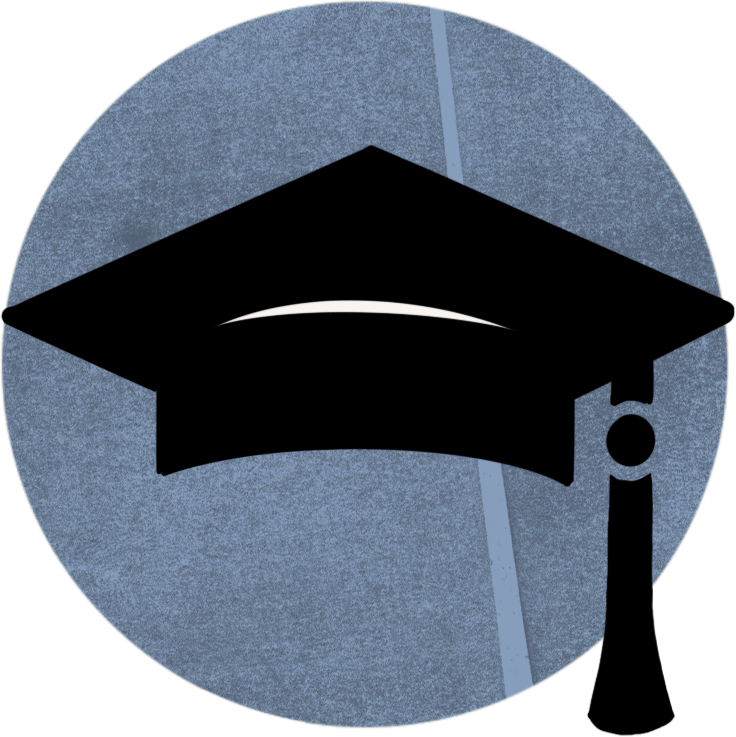Math 8 A
In this course, the student will learn, practice, and apply the fundamental skills and strategies that will help them grow into strong mathematical thinkers. Daily instruction supports student learning of core math concepts and development of procedural fluency regarding the number system; exponent rules; scientific notation; roots and irrational numbers; triangles, cones, cylinders, spheres, right rectangular prisms and pyramids; transformations and congruence; transformations and similarity; solving and graphing linear equations; systems of linear equations; scatter plots and data analysis; and functions. Students are encouraged to use visual representation of their thinking to bridge their understanding between the concrete and abstract, allowing patterns and mathematical principles to come to life. Peer Model videos throughout provide illustrations of a peer learning how to use and apply the target mathematical skill using a real-world example. 21st Century instruction further illustrates the connection of mathematical concepts to the real world while supporting students’ development of skills, knowledge, and expertise they must master to succeed in work and life. Mathematical discussion prompts encourage students to revise misunderstanding, uncover nuances in application, make connections to prior knowledge, identify patterns, and engage with vocabulary. Students are encouraged to listen critically, critique the reasoning of others, and justify their own solutions. The courses are designed to support a growth mindset regarding math and encourage students to engage in productive struggle; instructional materials explicitly and frequently remind students that mistakes are opportunities for learning and acquiring new skills. Together the course elements ensure the student grows as a mathematical thinker and masters the skills to succeed in work and life.






